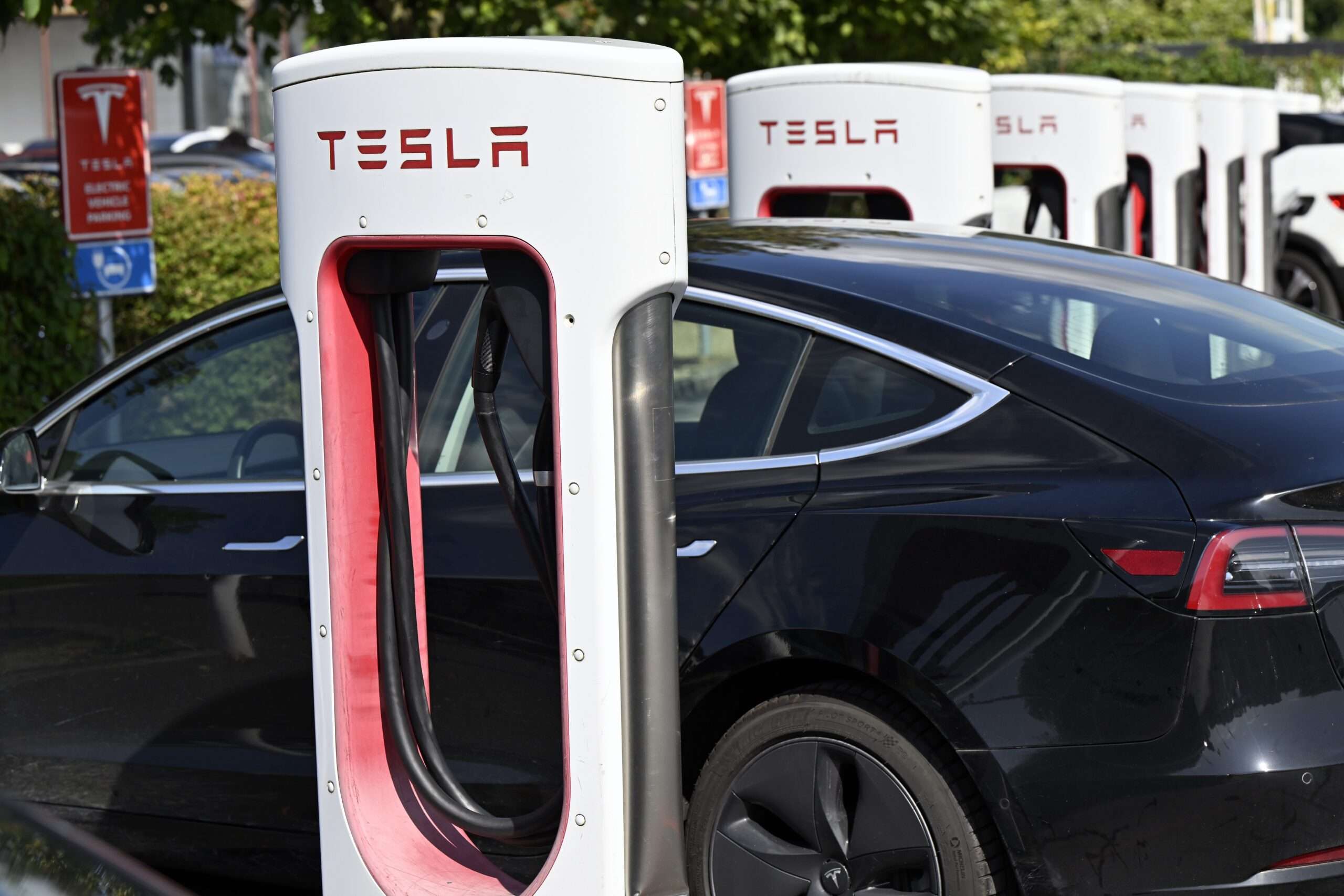The National Highway Traffic Safety Administration (NHTSA) initiated an investigation into Tesla on Thursday, as reported by the Associated Press. While every preventable death is tragic, not every fatality should lead to a federal investigation and potential recall of technology that is overwhelmingly safe. The NHTSA’s excessive scrutiny of Tesla’s Full Self-Driving (FSD) feature is unnecessary and counterproductive.
According to the NHTSA’s Office of Defects Investigation (ODI) report, there were a total of four crashes listed. Only one of these crashes resulted in an injury, which unfortunately led to a fatality. The fatal accident occurred in November 2023 when a Tesla Model Y using FSD collided with a Toyota 4Runner that had stopped to respond to a previous collision on Interstate 17 in Rimrock, Arizona. The incident tragically claimed the life of a 71-year-old woman, as noted by the Associated Press.
The ODI report attributes all four crashes involving Tesla FSD to “reduced roadway visibility…from conditions such as sun glare, fog, or airborne dust.” These conditions not only affect the performance of advanced driver-assistance systems (ADAS) but also human drivers. The collision that the 4Runner was assisting with was caused by sun glare, similar to the fatal Tesla crash. Both human drivers and the ADAS system were impacted by poor visibility, yet only the latter is under federal investigation.
This is not the first time the NHTSA has scrutinized Tesla. The agency began looking into the car manufacturer in August 2021 after 11 collisions involving Tesla’s autopilot and first responders were reported between 2018 and 2021. In 2022, the NHTSA expanded its investigation, documenting 956 crashes where Autopilot was allegedly in use, with 29 resulting in fatalities.
The report concluded that “drivers involved in the crashes were not sufficiently engaged in the driving task” due to inadequate warnings from the autopilot and autosteer features. However, the ultimate responsibility for driving lies with the vehicle operator.
While drivers may sometimes be distracted from the task at hand, driving, the overall trend shows that driving has become safer despite the increasing use of ADAS. According to the NHTSA’s April 2024 Estimate of Motor Vehicle Traffic Fatalities, there were 40,990 deaths due to motor vehicle crashes, marking the seventh consecutive quarterly decline in fatalities since the second quarter of 2022. Fatalities per 100 million vehicle miles traveled have also decreased from 1.33 in 2022 to 1.26 in 2023.
Despite the growing availability of ADAS in new vehicles, driving has become safer overall. While ADAS systems and human drivers are not flawless, they contribute to safer driving. At this early stage of deployment, ADAS is associated with improved driving safety, and Tesla’s FDS feature should not be subject to a recall based on one unfortunate fatality.




